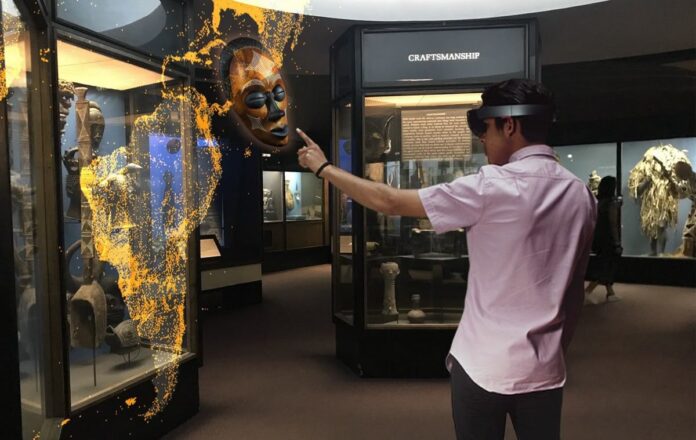In order to catalog, digitize, and preserve cultural artifacts that have been misplaced, stolen, or illegally exported, UNESCO has started a ground-breaking project called the Virtual Museum of Stolen Cultural Objects. In order to create a comprehensive online archive that gives governments, scholars, and the general public access to vital information regarding missing cultural property, this digital platform aims to document artifacts from all over the world. UNESCO intends to use technology to promote repatriation efforts, increase transparency, and increase public awareness of the value of cultural heritage protection. In a time when physical access to artifacts is frequently restricted, the initiative also emphasizes the expanding relationship between technology and cultural preservation.
Every item in the virtual museum will have high-resolution photos, thorough descriptions, provenance documents, and historical background. It includes a broad variety of cultural artifacts, such as religious relics, paintings, sculptures, and manuscripts. Even if the originals are still in private collections or have been forcibly removed from their countries of origin, UNESCO’s digitization of these items allows specialists from all over the world to examine and evaluate them. Governments and law enforcement organizations can more effectively track down and retrieve stolen artifacts thanks to the platform’s ability to promote international cooperation. This is especially important in areas where physical records may be missing or destroyed due to conflict, looting, and illegal trafficking.
Educating the public about the importance of cultural heritage is one of the virtual museum’s main objectives. Numerous stolen or displaced items have deep cultural, religious, or historical significance and serve as symbols of national and local identities. UNESCO wants to encourage a sense of responsibility among collectors, museums, and the public by making information about these objects publicly available. Campaigns to raise awareness about ethical methods for obtaining cultural artifacts and to deter illicit trade will also be incorporated into the digital platform.
The project is being undertaken at a time when cultural preservation is becoming more and more popular worldwide. International cooperation is essential because conflicts in the Middle East, Africa, and other regions have led to the theft and destruction of priceless cultural heritage. By keeping thorough records that make illicit sales more challenging, the virtual museum serves as a preventative tool in addition to aiding in recovery. Additionally, this project supports UNESCO’s overarching goal of preserving both tangible and intangible cultural heritage while fostering cross-cultural understanding.
Despite being a digital repository, the Virtual Museum of Stolen Cultural Objects may have a significant real-world impact. It establishes a worldwide network devoted to cultural preservation and restoration by bringing together governments, museums, scholars, and citizens. Over time, experts anticipate that the museum will not only aid in the recovery of lost artifacts but also establish global standards for digital documentation and heritage protection. By doing this, UNESCO shows how technological advancement and innovation can help preserve human history and guarantee that cultural assets are available to future generations.

